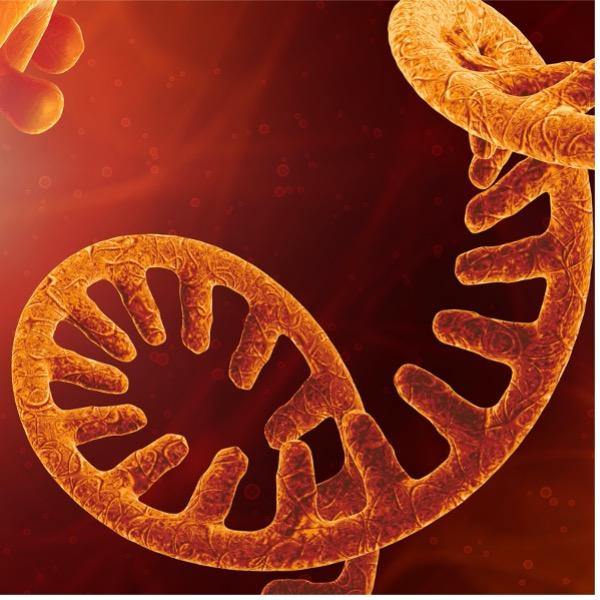The Jones oxidation uses chromium trioxide (CrO3), acid, water, and acetone to convert 1° or 2° alcohols into carboxylic acids or ketones respectively. Chromic acid is first prepared by dissolving CrO3 or Cr2O72- in acid: the monomeric form (HCrO4-) dominating in dilute solutions versus the dimeric form (HCr2O7-) dominating in...

The Knoevenagel condensation uses a catalytic base such as piperidine to convert an aldehyde or ketone and an activated methylene compound to a α,β-unsaturated dicarbonyl or related compound. The base deprotonates the methylene compound, creating a resonance stabilized enolate, which reacts with an iminium ion made from the carbonyl compound...

The Knorr pyrazole synthesis uses a catalytic acid to convert a hydrazine and 1,3-dicarbonyl compound to pyrazoles. The dicarbonyl deprotonates the acid and is subsequently attacked by the hydrazine to produce an imine. The second nitrogen of the hydrazine then attacks the second carbonyl group to form a second imine....

The Kolbe-Schmitt reaction uses a base, carbon dioxide, and an acid work-up to convert a phenol to an ortho- or para- hydroxy benzoic acid. First the base deprotonates the phenol, forming phenoxide, which attacks carbon dioxide. Tautomerization and an acid work-up yields the final product. A large counterion such as...

The Fries rearrangement uses a Lewis or Brӧnsted acid to synthesize ortho- and/or para substituted phenolic ketones and aldehydes from phenolic esters. First an acylium cation is produced, which facilitates an electrophilic aromatic substitution to afford the ortho- and/or para-product. The ortho product is favored with high temperatures and no...

Polyadenylic acid (also known as poly(A), poly(A) carrier or carrier RNA) is a synthetic homopolymer composed of a long single-stranded (100-500 kDa) sequence of adenine (A) nucleotides available in lyophilized form. Its charge, shape and ability to residue-stack is modulated by solvent composition. It is structurally identical to poly(A) tails,...

